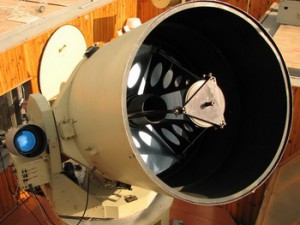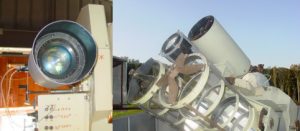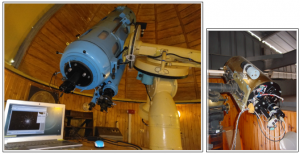“The research institution of the equipment used to study the artificial astronomical objects in the near space of the astronomical observatory of the Ivan Franko National University of Lviv”
was included into the State register of the scientific object of national significance according to the direction of the Cabinet of Ministers of Ukraine since 22.10.2008 № 1345-р.
Repairing works aimed at preserving and providing proper operation of the scientific object of national significance are conducted according to the agreement with the Ministry of Education and Science of Ukraine № Н/148-2009 since 20.04.2015 the scientific supervisor of which is Doctor of Mathematical Sciences B.S. Novosiadlyi, the responsible party is the staff of the department of applied astronomy and physics of the near-Earth space.
- Laser ranging of the satellites in the ILRS (International Laser Ranging Service).
- Observation of the active spacecrafts to enhance the defense capacity of the state on behalf of the National Space Facilities Control and Test for Centre of the State Space Agency in Ukraine and the Armed Forces of Ukraine.
- Conducting optical observations of the artificial satellites and space debris within the participation in Ukrainian Optical Facilities for Near-Earth Space Surveillance Network (UMOS).
Exploitation of the object:
2021 рік
Positional and photometric observations of the selected space objects: positional observations of the 111 LEO satellites; BVRI photometry of the GEO spacecrafts (THOR and INTELSAT series).

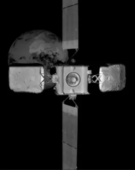
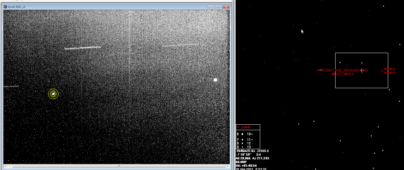
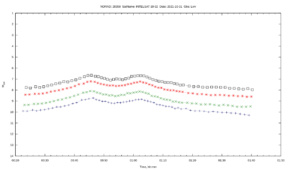
Positional and photometric observations of some certain spacecrafts were conducted within the Ukrainian Optical Facilities for Near-Earth Space Surveillance Network. The photometry of the low orbit satellites with the precise fixation of glare. Photometry of the last stages of the launch vehicles in collaboration with Centre of the State Space Agency in Ukraine within the IADC international project.
2019
Positional and photometric observations were conducted of some certain spacecrafts within the Ukrainian Optical Facilities for Near-Earth Space Surveillance Network. Also, the observation of active artificial satellites of military and dual-use purposes within testing the capacity of the complex on behalf of the General Staff of the Ukrainian Armed Forces.
2018
Positional observations of the GEO satellites of the Beidou navigation system within the UMOS activity and in collaboration with the Shanghai astronomical observatory (China).
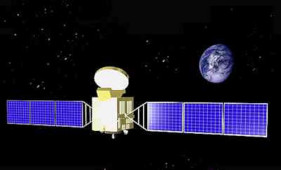

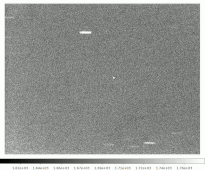
Laser ranging of the satellites within the activity in the ILRS network and in collaboration with the Main Astronomical Observatory of NAS of Ukraine. The positional and photometric observations of certain artificial satellites were conducted on behalf of the System of Control and Analysis of the Space Environment (the Western Center of Radiotechnical Surveillance, based in Mukachevo) within the UMOS activity.
2016
Positional and photometric observations of selected spacecrafts were conducted on behalf of the Space Monitoring and Analysis System (the Western Center of Radiotechnical Surveillance, based in Mukachevo) within the UMOS activity. Based on the data extracted from CCD Cameras of the complex the possibilities of the telescope SST-1M pointing calibration (see the image – a prototype created in Kraków) within the CTA Consortium.



Positional and photometric observations of selected spacecrafts were conducted on behalf of the Space Monitoring and Analysis System (the Western Center of Radiotechnical Surveillance, based in Mukachevo) within the UMOS activity (both low-orbit spacecrafts and the ones in the GEO). Based on the data extracted from CCD Cameras of the complex the possibilities of the telescope SST-1M pointing calibration within the CTA Consortium.
2014
Positional observations of the “open” spacecrafts, namely of the remote sensing satellites Terra, Aqua and NPP, were conducted within the orbits in the UMOS network according to the offer from the National Space Facilities Control and Test Centre.
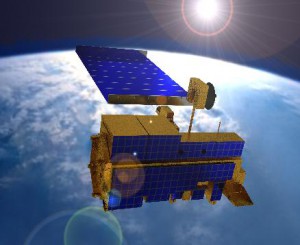
The photometric observations of the Ukrainian remote spacing satellite “Січ-2” (“Sich-2”).

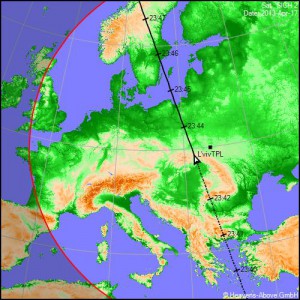

2012
The photometric observations of the laser active geostationary satellite “Artemis”, positional observations to support the flight tests and an early scientific programme by the orbit astrophysical observatory “Радіоастрон” (Спектр-Р) (“Radiostron (Spectre-R)” were conducted.
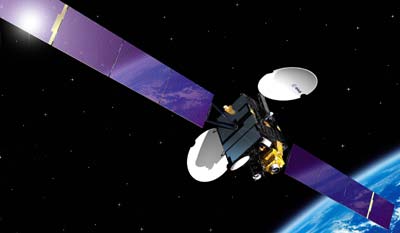
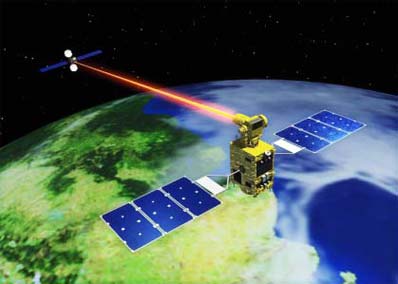

2011
A number of spacecraft observations were conducted at the early of their being launched into the Earth orbit, namely:
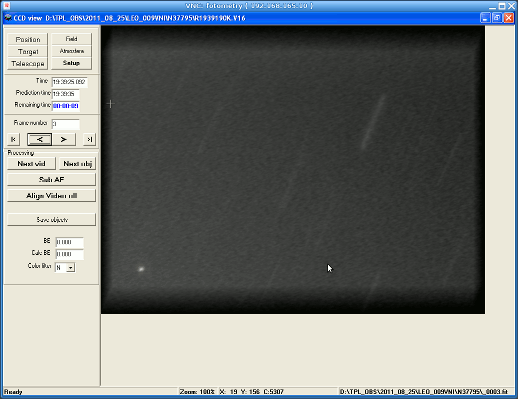
Flight of the R/B “Dnipro” through FOV: moving point is the object, and trails are the stars.
- Positional observations of the spacecrafts “Січ-2” (“Sich-2”), БПА-2 (BPA-2) and others launched into the Earth orbit РН “Днепр” (“Dnepr”) on Aug. 17, 2011.
- Photomertic observations of the “Січ-2” (“Sich-2”) satellite.
- Observations of the “Експрес АМ-4” (“Express AM-4”) satellite and “Бриз-М” (“Bryz-M”) booster after the emergency orbiting on Aug. 17, 2011.
- Photometric observations of the “Egyptsat-1” satellite.
- Photometric observations of the interplanetary station “Фобос-Грунт” (“Fobos-Grunt”), which was stuck in the low Earth orbit due to the problems with the thrust engine after its launch on Nov. 8, 2011.
